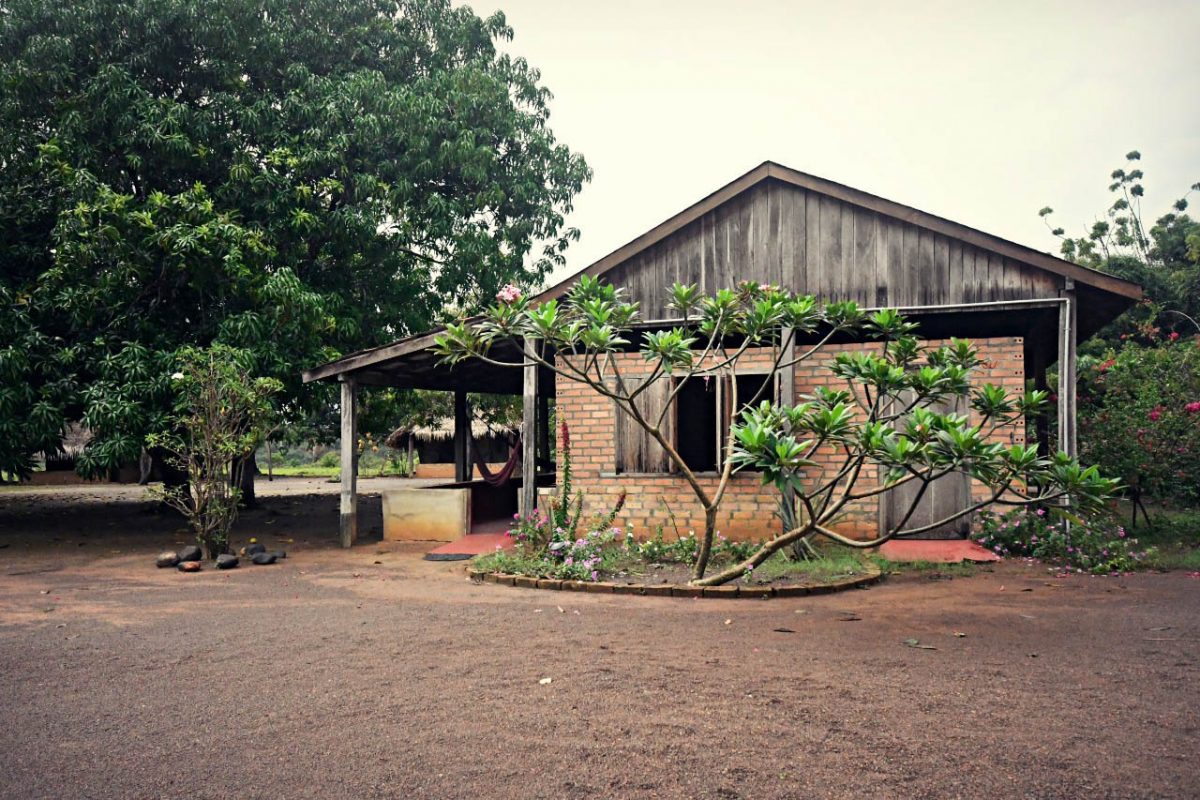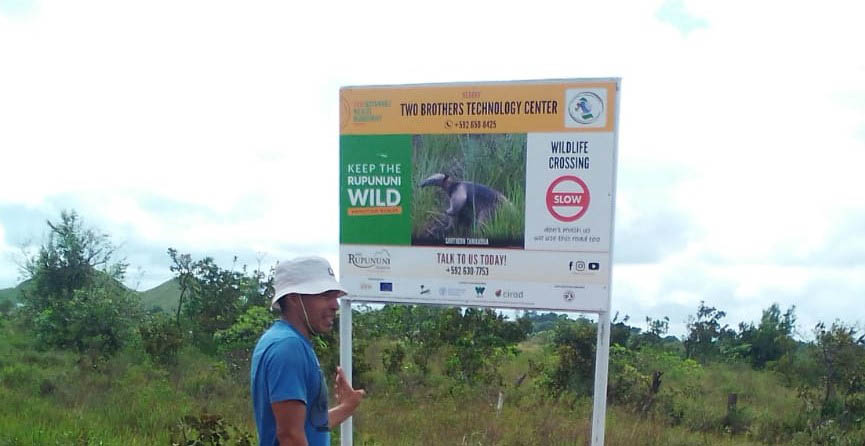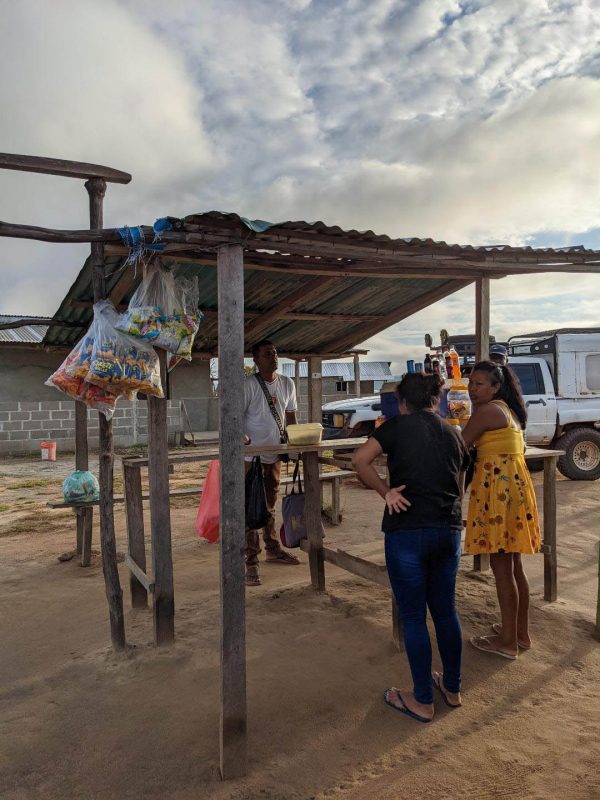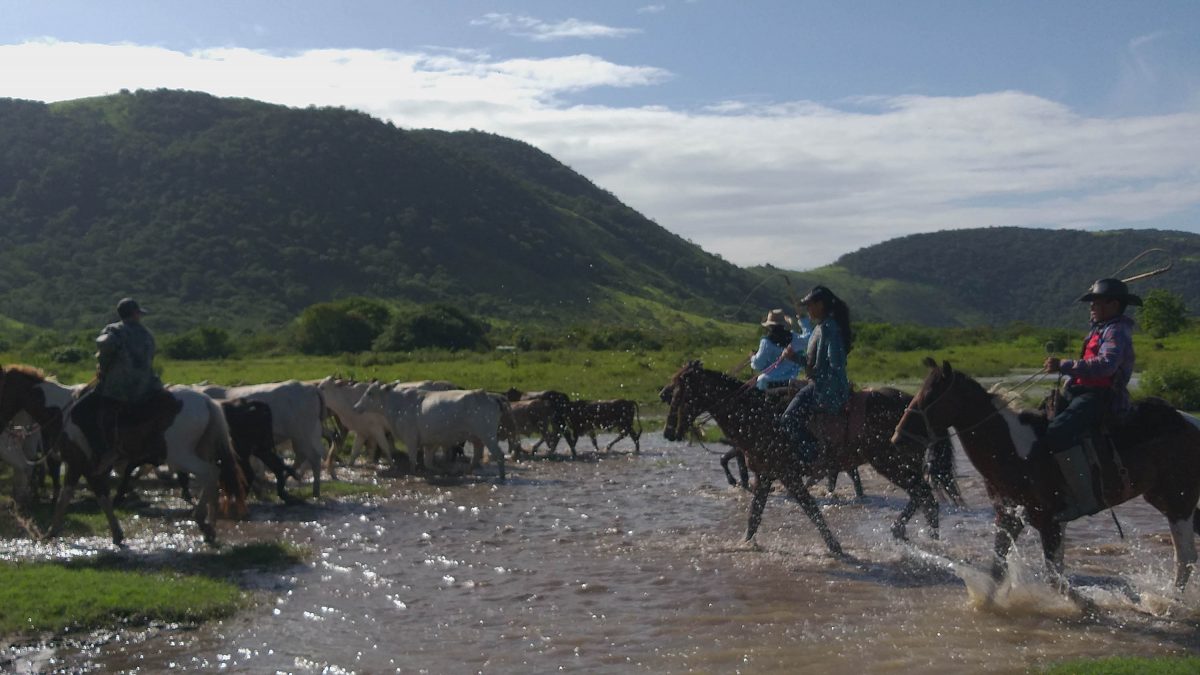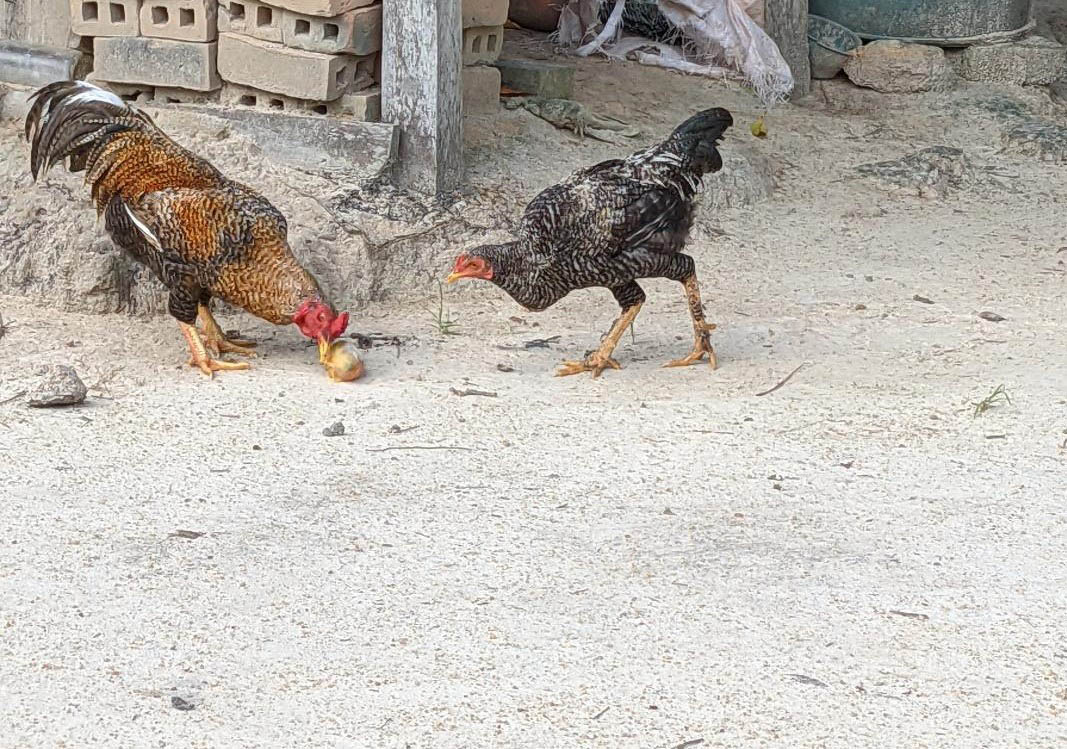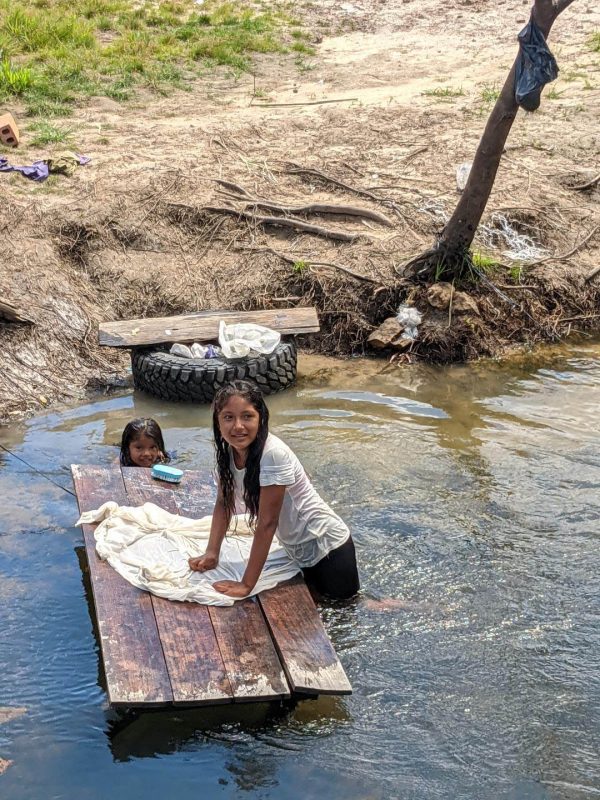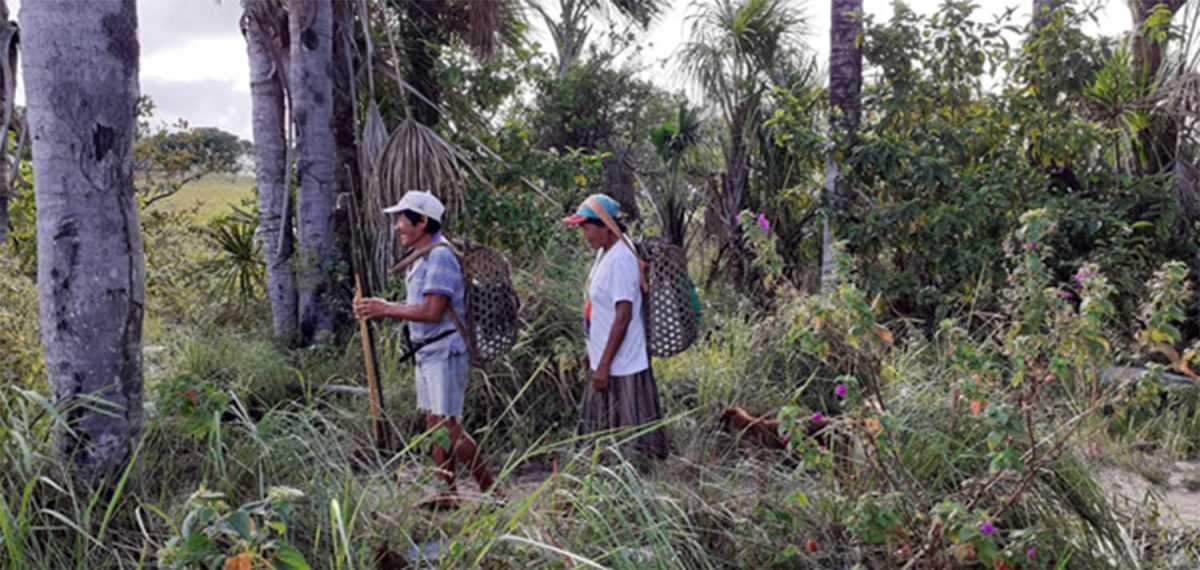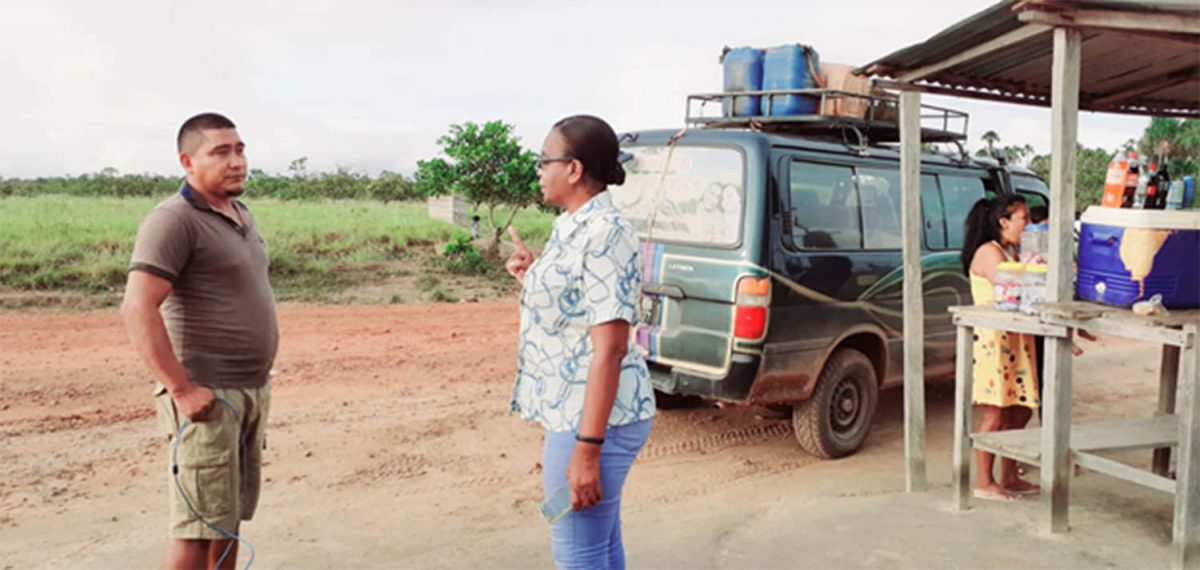‘Visit Rupununi’ is a non-profit Regional Destination Marketing and Management Organization (RDMMO) comprising private, public and community-based entities in Region Nine. Established in 2015 with the support from Conservational International-Guyana (CI) in response to a recommendation made by the various stakeholders, its designated mission is to coordinate community-based nature tourism initiatives. Its key mandate is the energetic marketing of the various services provided by its members, providing training and capacity building, and aggressively representing the Rupununi as a whole.
Head of Visit Rupununi and owner of Region Nine’s Karanambu Lodge, Melanie McTurk, says that the Region which, through its tourism potential, has so much to offer Guyana as a whole, has been hard hit by the Covid-19 pandemic. While it is in the nature of the marketing of goods that products can be bought and sold ‘online,’ in the instance of tourism, McTurk says, it was the fact that the pandemic did not allow for consumers to access the product that impacted the earnings of the sector.
The Rupununi Rodeo, Region Nine’s most financially lucrative visitor experience has become doubly important to the livelihoods of the property owners this time around. Up to this time there is no certainty that either the Rodeo or the Heritage Month events will be executed next year. If those worst fears are realised, the businesses of the various service-providers could be thrown into a further tailspin.
McTurk is not the only Rupununi business owner who is concerned. The others, too, are on tenterhooks, keeping their fingers crossed. The Region Nine economy does not have a great deal else to support it and the Region embraces a number of poor communities that depend on the one-off earning opportunities afforded mostly by the Rodeo. That said, McTurk is clear in her mind, however, that public health has to “come first.”
It is difficult to overstate the impact which Covid-19 has had on the patronage of the tourism experience product in Region Nine. The pandemic has come, Melanie says, at a time when it was “getting easier to market our tourism product.” In the old days, she says, it was pretty much an impossible feat to market the tourism product effectively. “If you did not have the money to publish a large advertisement in the print media then you really were not playing in the Big League,” she says.
The popularisation of the tourism product, she explains, begun with “farm trips.” A country, a region, or even a location would invite an international Tour Operator to visit a destination and to sample what it had to offer. If the experience met with that international Tour Opera-tor’s approval then the visitor would agree to take on the marketing of the location. With the advent of social media, however, marketing has become somewhat easier. The facility has allowed both the Rupununi and Guyana as a whole to be better represented on the global market.”
Still, she says, effective communication, particularly the reliability of the internet service remains a major challenge.
For all the challenges, Melanie points out, the proprietors of ranches and the various other service providers who continue to show the Rupununi to the rest of the world are proud of their accomplishments. Her tributes to the accomplishments of the tourism industry in Guyana include those which she says are due to the Guyana Tourism Authority. “I think that we can very proud of ourselves,” she quipped.
The tourists who visit the Rupununi travel mainly from Europe and North America. Many of them are “nature-based, wildlife lovers, bird watchers.” Additionally, sharing as it does a border with Brazil, Lethem, prior to the advent of the pandemic, used to attract in excess of 20,000 visitors from across the border, monthly. About the Brazilian visitors she says: “… these are genuine tourists, which we sometimes forget. These are visitors who are coming for shopping tourism, they are coming for economic exploration, especially now that we have oil and gas, There are so many more opportunities and I think that the Rupununi now has a dual identity. With rodeo activity, heritage month and the emergence of many new and smaller tourism operations we have been actively growing our domestic tourism market. (In terms of costs) we want to make sure that there is opportunity to meet people halfway. We also have to recover our costs. We have to pay staff.”
Melanie comes across as being ‘Rupununi to the bone’. It is, she boasts, one of the most biologically diverse places on earth. More to the point, the Rupununi accounts for the lion’s share of the country’s “international tourism product.” Wildlife, she insists, is the Rupununi’s stronghold. Here, her assertion is backed by the ‘Keep Rupununi Wild’ stickers adorning T-Shirts and buildings at Lethem and elsewhere in the region.
There is a conservationist side to the focus of the Visit Rupununi organisation too. Melanie informs that it promotes sustainable tourism and encourages what she describes as wildlife-friendly tourism. The organisation, according to Melanie, wants to ensure that the integrity of the ecosystem remains intact. “More communities, more projects, more businesses are becoming involved in tourism,” she notes, a circumstance which has resulted in Visit Rupununi being successful in growing an organisation comprising a membership of more than fifty two (52) businesses.
Protecting and preserving our Rupununi wildlife heritage, Melanie says, “Is dependent on having intact ecosystems, having wild animals.” She goes on. “It therefore becomes even more important for us to make sure that those spaces and those animals remain a part of the ecosystem. This is a wild culture; wild animals, wild meat, fishing hunting, interacting with wild animals of all sorts, birds, snakes… Everything here is our part of the culture.”

